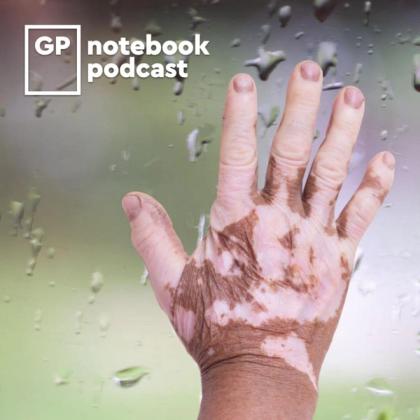Ep 31 – Diagnosing and managing Addison’s disease in primary care

Posted 13 Aug 2021
In this episode, Kevin discusses the case of Louise, a 19-year-old who has been living with type 1 diabetes for the last 12 years and hypothyroidism for the last 8 years. She presents to us in primary care with a history of recurring unexplained hypoglycaemic episodes despite proactive adjustments to her insulin regimen. In addition to her insulin, she is taking levothyroxine 150 μg/day. She has not recently made significant changes to her diet or daily physical activity. Louise has also been experiencing light-headedness when rising from a sitting position. She has a BMI of 19 kg/m2, and a recent HbA1c value was 63 mmol/mol (7.9%). You record her sitting blood pressure as 119/67 mmHg and her standing value as 99/72 mmHg. You notice some patches of vitiligo on her face. What should we do next?
Related podcasts:
Key references discussed in the episode:
- Burton C et al. Br J Gen Pract. 2015;65:488-490. doi: 10.3399/bjgp15X686713.
- Rushworth RL et al. N Engl J Med. 2019;381:852-861. doi: 10.1056/NEJMra1807486.
- Hanna FW et al. 2019;367:l6039. doi: 10.1136/bmj.l6039.
- Society for Endocrinology. Adrenal Crisis during COVID-19 pandemic.
Patient information:
Key take-home messages from the episode:
- If there is recurrent unexplained hypoglycaemia or diabetic ketoacidosis in a person living with type 1 diabetes (T1D), think Addison’s disease.
- An unexplained reduction of total insulin dose >15–20% (due to frequent hypoglycaemia) in a person living with T1D should also raise suspicion of Addison’s disease.
- Abnormal pigmentation in those with T1D warrants further investigation of adrenocortical function.
- Electrolyte abnormalities are often not present until an advanced stage; 20–30% of individuals do not have hyponatraemia or hyperkalaemia at any time.
- The diagnosis of adrenocortical insufficiency also requires simultaneous investigation of thyroid function and thyroid autoantibodies: 25% of those with Addison’s disease also have hypothyroidism.
- As a "rule of thumb", double the hydrocortisone dose during illness until recovery and add 5–10 mg to the usual regimen before any strenuous exercise.
- A random cortisol is of limited clinical value when testing for cortisol excess.
- Deficiency is highly unlikely if 9am cortisol >400–475 nmol/L. However, levels of 150–400 nmol/L require further investigation; and levels <150 nmol/L require urgent discussion with, or referral to, endocrinology.
Create an account to add page annotations
Annotations allow you to add information to this page that would be handy to have on hand during a consultation. E.g. a website or number. This information will always show when you visit this page.